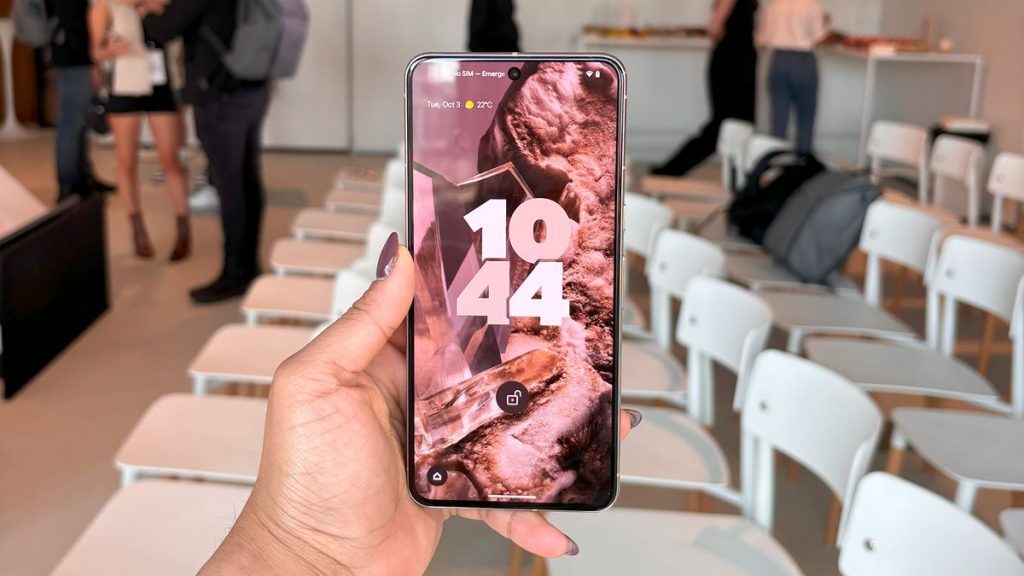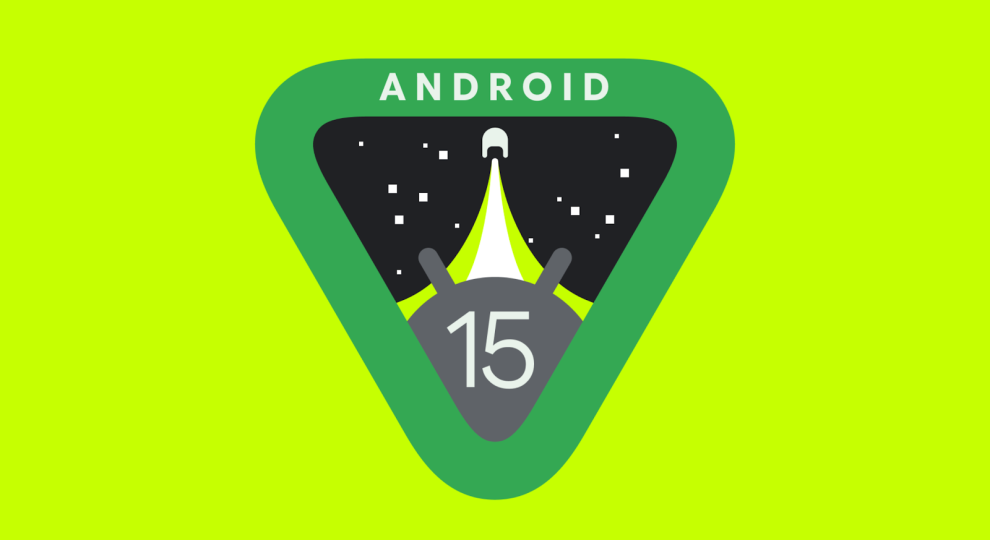As anticipation builds for the next major release of Android, the rumor mill is abuzz with leaks and whispers about what Android 15 might have in store. While Google remains characteristically secretive about the final feature set, early glimpses from developer previews and insider sources paint a tantalizing picture of an Android update that could redefine the way we interact with our smartphones.
A Home Screen Revolution: Unprecedented Customization

One of the most significant changes rumored for Android 15 is a complete overhaul of the home screen experience. Since the early days of Android, the home screen has followed a relatively rigid grid layout, with app icons and widgets arranged in orderly rows and columns. Android 15 might shake up this traditional layout by offering users unprecedented control over the placement and appearance of home screen elements.
Imagine a home screen where you can freely position widgets of various sizes anywhere on the screen, creating a dynamic and visually striking layout that breaks free from the constraints of a grid. You could have a large weather widget next to your favorite apps, a scrolling news feed widget along the bottom, and a cluster of productivity apps in a custom folder.
But the customization doesn’t stop there. Leaks suggest that Android 15 might also allow users to set custom background images for individual apps, creating a unique visual identity for each icon. This means you could have your favorite photo as the background for the camera app icon, a personal notes widget that looks like a handwritten sticky note, or a music app icon that pulses with the colors of the currently playing album art.
Personalized App Icons: Express Your Style
In addition to the home screen layout, Android 15 is rumored to bring a new level of customization to app icons themselves. While some Android launchers and icon packs have offered alternative icon styles in the past, Android 15 might make this personalization native to the operating system.
Users could have the option to choose from a variety of pre-designed icon themes, each with its own unique aesthetic. From minimalist line icons to vibrant gradients, there could be a style to suit every taste. But the real game-changer is the potential for users to create their own custom icons using photos or graphics.
Imagine a home screen where every app icon is a personal creation, reflecting your interests, hobbies, or aesthetic preferences. You could have a set of icons that showcase your photography skills, feature your favorite characters from a TV show, or match the color scheme of your wallpaper. The possibilities for self-expression and creativity are endless.
Beyond Static Wallpapers: Dynamic and Interactive Backgrounds
While Android has long supported live wallpapers, Android 15 might take this feature to the next level with more advanced dynamic wallpapers that respond to user interaction and change throughout the day.
Imagine a wallpaper that subtly shifts colors as the sun moves across the sky, creating a soothing ambiance that matches the time of day. Or a wallpaper that reacts to your touch, rippling like water or scattering like a flock of birds. These interactive elements could add a new dimension of engagement and delight to the Android experience.
Dynamic wallpapers could also tie into system events or app notifications. A wallpaper could pulse with a soft glow when you receive a new message or fade to a darker shade when your phone enters battery saver mode. These subtle changes could provide visual cues and enhance the overall coherence of the Android interface.
Customizable Quick Settings: Tailored to Your Needs

The Quick Settings panel in Android has been a convenient way to access frequently used toggles and controls, but Android 15 might make it even more useful by allowing users to fully customize its layout and contents.
Leaks suggest that users will be able to add, remove, and rearrange the Quick Settings tiles to suit their preferences. If you rarely use the auto-rotate toggle but frequently need to access the flashlight, you could swap their positions or even remove the auto-rotate tile entirely. You could also add new tiles for specific app actions, like starting a voice recording or launching your favorite playlist.
This level of customization would make the Quick Settings panel a truly personalized control center, tailored to your individual needs and workflows. Whether you’re a power user who wants quick access to advanced settings or a casual user who just needs the essentials, Android 15 could make it easy to set up your Quick Settings just the way you like them.
Enhanced Privacy Controls: You Decide What to Share
In an era of heightened concern about digital privacy, Android 15 is rumored to give users more control over how their data is accessed and shared by apps. One potential change is the introduction of more granular permissions for things like location data and camera access.
Instead of granting an app permanent access to your location, Android 15 might allow you to grant access only while the app is in use. This means an app like a maps service would be able to access your location when you’re actively navigating, but not when the app is running in the background. This gives users more transparency and control over when and how their data is being used.
Android 15 might also introduce a centralized privacy dashboard where users can see a clear overview of which apps have access to sensitive permissions like the microphone, camera, or contacts. From this dashboard, users could easily revoke permissions for apps they no longer use or trust, giving them greater control over their digital privacy.
Accessibility Enhancements: Technology for Everyone
Android has long been a leader in accessibility features, offering tools like TalkBack, Switch Access, and Live Transcribe to support users with diverse needs. Android 15 is rumored to build on this foundation with even more advanced accessibility options.
One potential feature is system-wide support for adjustable text size and contrast, making it easier for users with visual impairments to read and navigate their device. Live Transcribe, which provides real-time captions for spoken content, could be expanded to support more languages and dialects, making it a more useful tool for deaf and hard-of-hearing users around the world.
Android 15 might also introduce new gesture controls and voice commands that make it easier for users with motor impairments to interact with their devices. By continuing to prioritize accessibility, Android 15 could make the power of smartphones more available to everyone, regardless of their abilities.
The Road Ahead: From Rumor to Reality
It’s important to remember that these rumored features for Android 15 are just that—rumors. Until Google officially announces the update, we won’t know for sure which features will make the final cut. Some of these ideas might be scrapped, while others might evolve in unexpected ways.
However, if even a fraction of these leaks come to fruition, Android 15 could be a monumental update that shifts the paradigm of smartphone customization and user control. By giving users more freedom to personalize their devices, more granular control over their privacy, and more innovative accessibility tools, Android 15 could set a new standard for what we expect from our mobile operating systems.
As the Android 15 release draws closer, the anticipation will only continue to build. Will this be the update that finally lets us break free from the constraints of the traditional smartphone interface? Will it give us the tools to make our devices truly our own? Only time will tell, but one thing is clear: the future of Android looks more exciting than ever.
















Add Comment